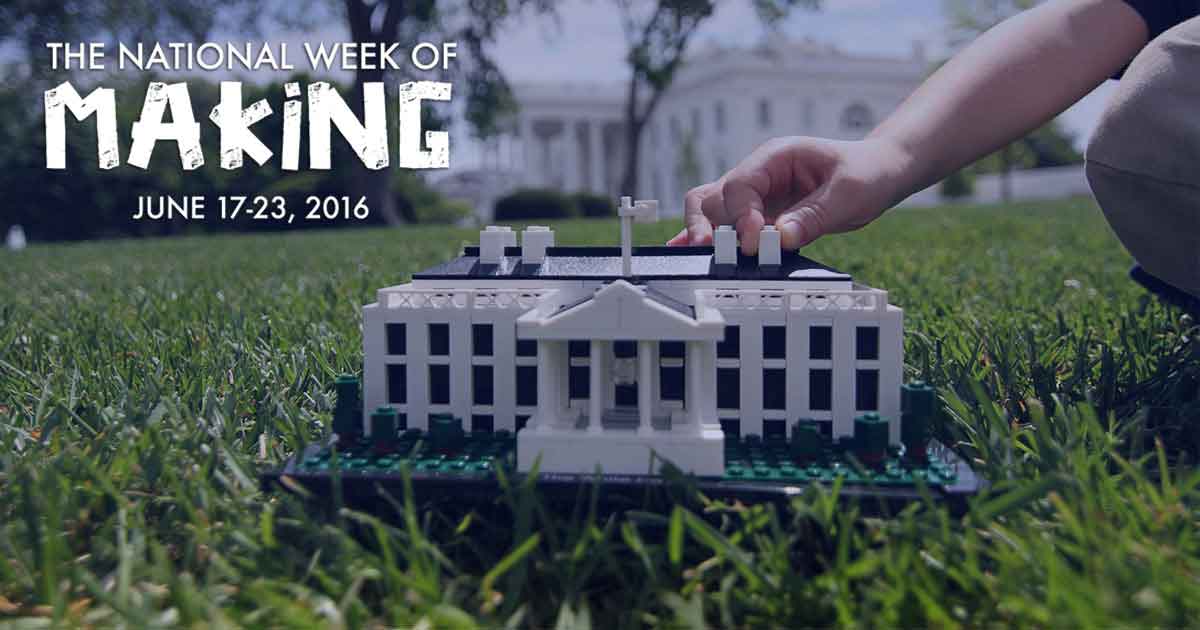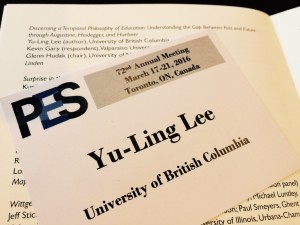As TED continues its proliferation of offering content related to technology, entertainment, and design, its newest booklet, The art of stillness, ventures into areas of the technotheological. Below is the trailer for the book, written by Pico Iyer:
In an article published by TED, titled, Why we need a secular sabbath, Iyer outlines the core concept of his book – that there is an urgent need to slow down, to rest, to find sabbath in our lives. He notes that many businesses, particularly tech companies such as Google have created spaces, schedules, and/or work cultures to promote mindful rest. Intel experimented with a ‘quiet period’ of four hours every tuesday, in which all engineers and managers were to refrain from e-mails, phones, and meetings for four hours, creating space for ‘thinking time.’ General Mills has meditation rooms throughout its campuses. Kevin Kelly (founder of Wired magazine) and many others in Silicon Valley practice an “internet sabbath” every week.
These practices of rest seem to draw from the religiously abundant practices of rest, meditation, prayer, and sabbath. Iver himself, connects these modern practices of rest to the ancient ones of sabbath in the Judeo-Christian tradition. He rightly points to the book of Numbers, which outlintes the boundaries of sabbath, because the sabbath is holy. Abraham Joshua Heschel, the Jewish theologian would say that in sabbath, we find “a cathedral in time rather than in space.”
How then, can Iyer limit the sabbath to a secular time and space?
One reading of Iyer may be to limit practical forms of sabbath by removing all connections to the religious or spiritual. The case of transcendental meditation (TM), a form of mantra meditation, offers an example of just how complicated it may be to claim such practices as religious or non-religious. While many of its practitioners claim TM is non-religious, it “unsuccessfully fought a legal action to defend itself from being declared a religion in New Jersey” (Wallis, 2003, p.54).
The secular thesis merits further study as, in this case, it co-opts the religious practice of sabbath rest and delimits secular boundaries for the general populous. One voice to consider is Charles Taylor, who describes the secular as a theological distinction which privatizes transcendent experiences, redefines belief, or making unbelief in religion a possible reality (Taylor, 2007, p. 3). Secularization, for Taylor, is therefore a theological construct with its own conditions of belief, as one among many new religious subjectivities in the modern world that is characterized as individual spiritual fulfillment of the self (Taylor, 2007, pp. 508-510). This privatization may be another way to read Iyer, in that sabbath practices are necessary for all, yet forced to the private sphere.
We continue to wonder, to ask, to reflect on how the idea/belief/practice/enactment of sabbath has become a secular sabbath? Or at least, how did Iyer come to frame his book with this particular narrative? This story is further complicated with other actors and actants: TED, Kevin Kelly, e-mail, Google, the Bible, God, Sabbath, sabbath, sabbath-ing, and sabbath-ness.
While this can immediately be framed as an ANT problem, I am thinking, a way to go about this issue is from Day Reconstruction Method (DRM), questioning and problematizing the daily routines and subjective well-being of those who practice a form of sabbath keeping. In this way, perhaps some data can emerge within this network of the technotheological.
Taylor, C. (2007). A secular age. Cambridge, MA: Harvard University Press.
Wallis, R. (2003). Three types of new religious movement. In L. L. Dawson (Ed.), Cults and new religious movements: A reader (pp. 36-58). Malden, MA: Blackwell.

 Follow
Follow



